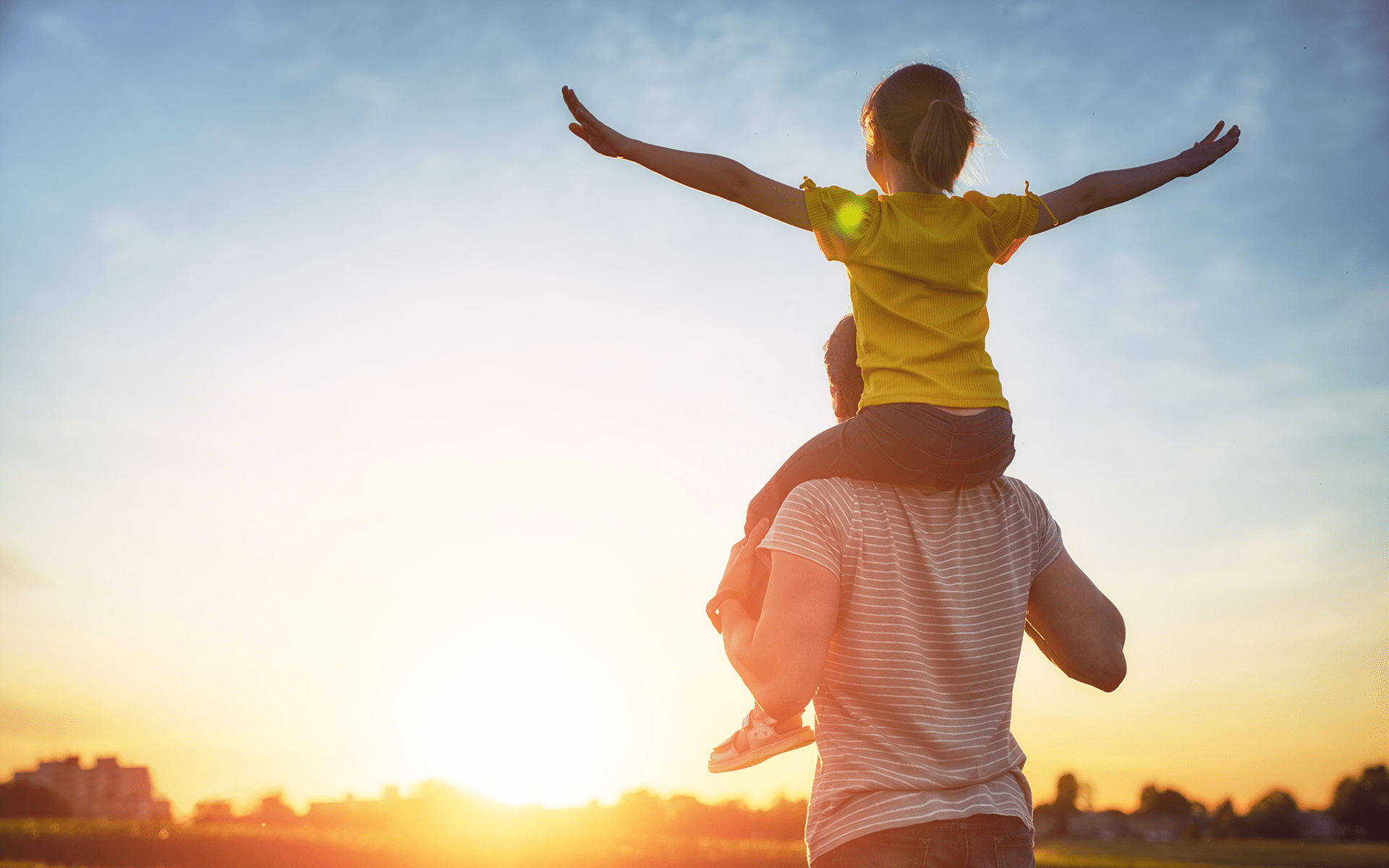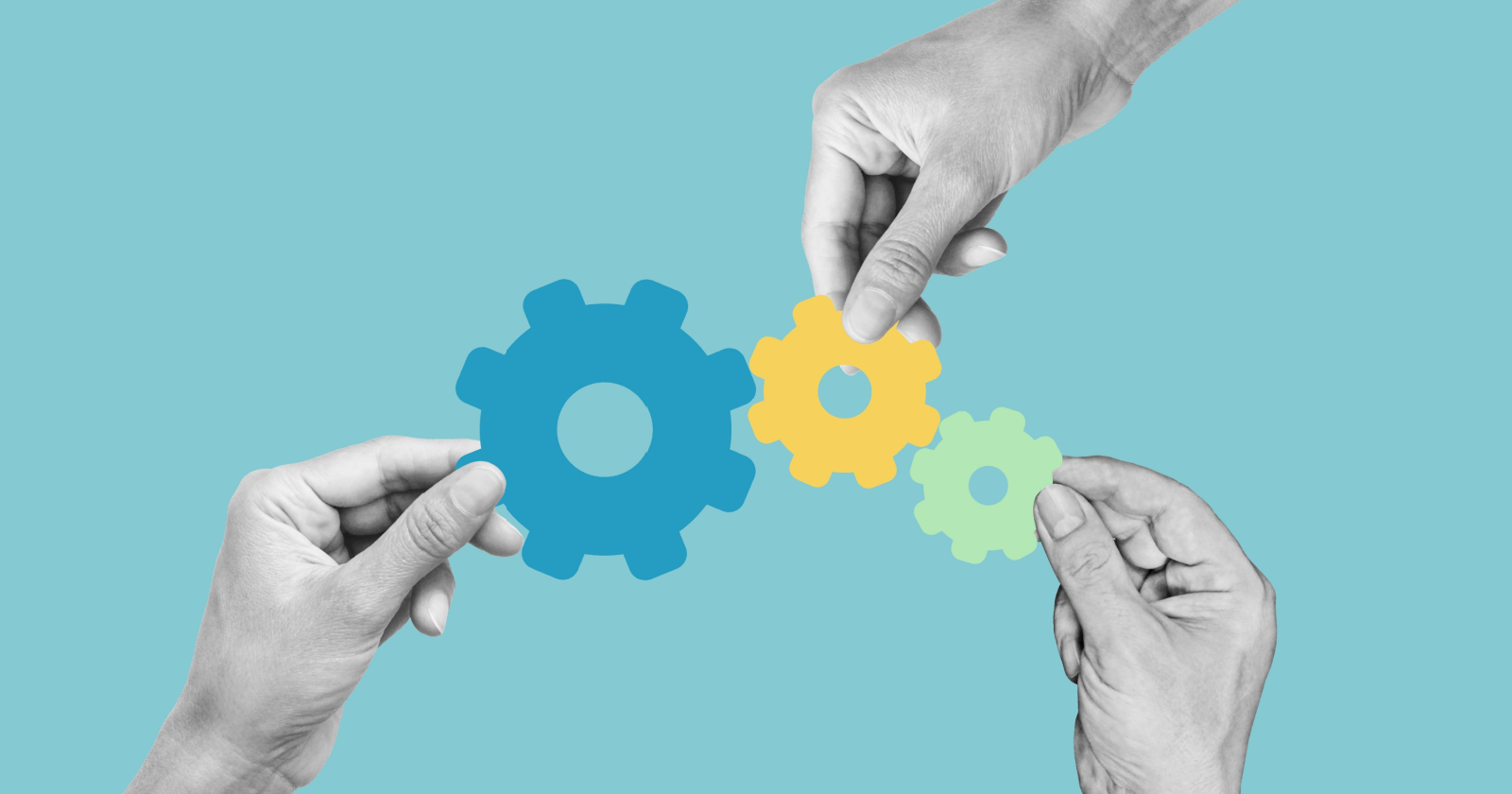You Can Change Your Life by Loving Yourself
Learning to take care of your heart, to accept the pain that comes with seeing the people you love suffer, and to be okay with suffering yourself, is the true work of self-love—and it begins with the breath. The...

There is a self-love crisis in American right now—and globally too. We aren’t at peace with ourselves, we don’t fully know ourselves, and as a result we don’t feel comfortable or safe. Sometimes this lack of self-love reflects our psychological underpinnings, but often it’s a reaction to stuff fully out of our control. And when people don’t fully know or understand themselves, they lash out, punishing either themselves or the outside world for something they can’t fully explain or describe.
Let’s be real about something. Life is easier when you don’t care so much. Life doesn’t hurt quite so bad if you just don’t care what happens to you or the people around you. If you’re scared about how you’re going to feed your kids, it’s easier to watch them go hungry if you harden your heart and shut off the flow of love between you and them. If you’re failing out of school and can see no future for yourself, it’s easier to get through the day if you tell yourself, F**k it. I don’t care.
Learning to let yourself care, to accept the pain that comes with seeing the people you love suffer, and to be OK with suffering yourself, is the first—maybe the biggest—lesson we all have to learn in life.
Learning to let yourself care, to accept the pain that comes with seeing the people you love suffer, and to be OK with suffering yourself, is the first—maybe the biggest—lesson we all have to learn in life. Distilled down to its essence, this impulse to love is self-love.
Everything we do at the Holistic Life Foundation starts with self-love. No matter if we’re working with teachers, kids, or adults in a corporate setting, the first task is to guide people toward a place where they can feel that acceptance of themselves.
This isn’t easy for adults. It’s even harder with kids. When we sit in a circle and tell a group of eight- or nine- year-olds, “Be kind to yourself. Have patience with yourself,” we might as well be telling them to fly to the moon. Normally, we hold off on using the term self-love because…well, they’re kids. Telling them to love themselves is going to equal some confused looks and some giggles. But you? The Adult in the Room? There’s no excuse. So our challenge to you is simple: You got to figure some stuff out, make peace with that unkind voice deep in your head—let go of the anger, or the fear, or the resentment—and learn to love yourself.
Let Your Light Shine
Our mentor Uncle Will, a former Black Panther, used to sing “This Little Light of Mine.” It was his jam, day in, day out. Uncle Will had seen his fair share—more than fair— of pain and despair. You don’t join the Black Panthers because you think, Things are just fine the way they are. He knew what it was to hurt. And he embraced that hurt. He understood that pain was as much part of him as the happy Will, or the Will charming the ladies into buying that extra insurance policy. Will had to literally will himself into a place of self-love. He had to power through hearing the N-word, and feeling the disrespect from white folks. He had to turn off the stuff telling him he was less than or not good enough. By the time he became our spiritual mentor, he knew that the secret to self-love was rooted in turning away from those outside voices—and turning in to that voice that lived in his heart through yogic practices. He helped us through our traumas with these techniques, and eventually we passed on his teachings to our kids too.
Trauma and Self-Love
Here’s one thing to understand about the kids in today’s world and the obstacles to self-love: Our kids are living in trauma and that trauma is the single biggest obstacle between them and self-love. Most of them have been steeped in trauma their whole lives, both overt (physical, mental, sexual abuse) and less easy to see (food insecurity, hygiene shame, and painful interactions with authority figures).
The kids we work with deal with subtler traumas too: a deep disconnection with the natural world, for one. Pollution from incinerators—always located in the poorer areas—that until recently belched a toxic cloud over South Baltimore. A degraded environment that leads to chronic rates of asthma. Our kids are literally breathing in toxic air. Not just the pollution, but the weight of death and despair, the drugs, and the grinding hopelessness of worlds where many haven’t left a five-block radius of their home their whole lives.
Irrationally Crazy Love
Urie Bronfenbrenner was a famous child psychologist. He had many good things to say, but none more so than this: “Every child needs at least one adult who is irrationally crazy about him or her.” This lack of committed, no-conditions love can cripple a child. Think of the adults who loved you irrationally as a kid—who laughed at your goofy jokes, were reliably delighted to see you, comforted you when your parents were enraged by your behavior, maybe provided a safe haven when your family was falling apart. What would you have done without them? Now, imagine a world where they were never there to begin with.
Trauma, compounded with adults who are spread too thin to offer that irrationally crazy love, adds up to an undeniable feeling that you are not loved and not valued, full stop. This trauma compounds itself again when parents and grandparents have decades of unheard stories and unprocessed feelings. They may love their kids desperately, but they are not equipped to help those children work through the trauma of their lives. Their children in turn grow up in an environment that says that no one gives a damn about them.
Trauma closes all of our hearts. Self-love practices can open them.
Sometimes kids do feel loved, but it is such a toxic, dysfunctional love that it makes their lives exponentially worse. We’ve had grandparents give their grandchildren knives to handle street fights. Now, those grandparents love those kids, and they are doing the best they know how for them. But their best is inappropriate as hell.
It’s a little different for kids who are living in wealthier, more privileged communities. Their basic needs are met, often in abundance. No food or hygiene insecurity for them. And yet they are also deeply distressed: How are they supposed to love themselves when their parents are AWOL on their smartphones or Zoom 24/7? Perhaps their parents compensate for absences with expensive gifts, teaching the child an empty, transactional kind of love. Or can’t hide their disappointment at their child’s academic failures. The reality is that many, many kids today are traumatized. These crisscrossing realities of trauma on top of trauma affect every facet of their lives. Trauma closes all of our hearts. Self-love practices can open them.
Not all bad experiences become trauma. Sometimes it’s less about what happened, than what happened right after the traumatic episode. If you were nurtured and allowed to tell your story and felt safe, it might not create trauma that lasts forever. But if people denied it, ignored it, then that awful moment becomes trauma. If you go through terrible situations in isolation, without having the space and the witnesses to share your story—or worse, having people mock or deny it—a bad experience becomes traumatic.
Inner and Outer Worlds
Another way to understand how trauma affects us is to see it as related to two different ways of existing in the world: interoceptive and exteroceptive. Interoception is the state of being aware of and focused on sensation coming from within the body. Think of a moment when you were aware of your heartbeat or heard your bones creak. The interoceptive system uses nerve receptors to send messages to our brain and alert us to how we feel. In a balanced individual, this system will contribute to regulating energy expenditure, alerting us to our needs (hunger, thirst, the need to urinate, etc.).
Of course, our bodies do not exist in isolation from our minds. As our emotions ebb and flow over the day, our body mirrors these changes. An angry conversation with your spouse might cause your neck to tense and your skin to turn red. Here’s the key part: Our ability to interpret these physical markers of our internal state is a good indicator of how well we can read other people’s emotional and physical signs.
Exteroceptive individuals are the opposite. They live in a world of heightened sensitivity to external stimuli. They are the ones who are going from standing still to full speed, oblivious to everything around them, including their own feelings and emotions in the moment.
We call these kids high flyers, and they need a little more attention and focus. These kids are aware of everything around them. Hypervigilant, always thinking a block farther on their walk, clued in to the dudes walking ahead of them, the look on the face of the dude they just passed. They’re the kids who don’t even notice that their teeth are grinding or their fists are balled up. Our students are nearly all exteroceptive due to accumulated trauma and their need to be fully aware of their external surroundings in our community. Mindfulness can interrupt this pattern. We may not be able to change their outside world, but we can change how they deal with it. At least in our programs, they can turn off these exteroceptive edges, and instead drop in and become more aware of what’s happening on the inside.
Self-Love Practices
The core of our self-love practices lies in developing an inner spaciousness. Think of our exteroceptive kid (or adult!), fully living in the external moment. His external world is in bold color, full of loud sounds and stimuli. His brain is processing a salty look or a side-eye, even as it absorbs movements in his peripheral vision, and the sounds of traffic coming up behind him. Meanwhile, his internal world is like an unwatered garden, dying from lack of attention and love. So our first step is drawing that kid back inside, to his internal world, and the very best way to do that, for anyone of any age, is with breathwork.
Breathing is the foundation of everything we teach. It’s the reset to that exteroceptive overdrive. It’s a way of regaining a sense of control over a situation that is entirely outside of your control.
Breathing is the foundation of everything we teach. It’s the reset to that exteroceptive overdrive. It’s a way of regaining a sense of control over a situation that is entirely outside of your control.
This is important; hopelessness can crush a kid’s—or an adult’s—spirit in no time. And we work with kids who have almost nothing to feel hopeful about. That hopelessness might come from poverty, social isolation, fear of disappointing their parents, or a hundred other reasons. Where there is no hope, there is no love, and certainly no self-love. Without self-love, every other hope of change fades away.
Breathing disrupts this well-grooved track that tells a child or adult, You are not loved, you do not deserve love, you are bad, which we all have in our brains, based on our experiences and expectations about “what happens next.” Instead of—literally— taking a breath, stepping back, assessing a situation, and responding in a detached way, someone who is back on that familiar path of panic and fear is unable to regulate their feelings.
Breathwork connects a disconnected person to their body.
Instead, that emotional reaction floods their nervous system with chemicals that send the message: This is bad, you need to react. Breathwork disrupts this.
Breathwork connects a disconnected person to their body. For a minute they drop out of that sensory overload. The room gets a little quieter, and they are less aware of the hubbub around them.
After a minute they start to tap into the subtler level of connection that comes from inner self-regulation.
The Long, Long Road to Self-Love
Learning to love yourself is the work of a lifetime. Ideally you start young, but we have plenty of friends and loved ones who are only now starting to work on the idea of accepting and embracing themselves. We all have layers upon layers of trauma, accrued over the course of our lives, that can keep us mired in anger at ourselves, and stewing over incidents from our lives that may have happened decades ago. Part of the point of starting these exercises with your kids is to get them into a self-love mindset now, and give them the tools to handle trauma and process the experiences of their lives without adding unnecessary shame or embarrassment.
Learning to love yourself is the work of a lifetime.
Your single greatest approach is to use empathy and find a way to connect with your kids—where they are.
We come from a place of love. Part of this means that you don’t really hold anyone at fault. You hold empathy for everyone, even the parents who can’t love their kids the way they need to, or the teachers who are too burned out to educate as well as they should. We believe that when you see a system that is unfair, you use your momentum and resources to try to attack it the best way you can, with love and wisdom. We try to fix the chaos that is going on without blaming people for it.
A young man named Ra’Mon came up through our program, and even- tually became one of our teachers. He grew up knowing “My dad was killed, and they found him in a trunk.” His family was going through tough times his whole youth. But he stayed “strong,” hustling when he had to as a youngster, then throwing himself into working with us. As part of that work, he joined our annual retreat at the Omega Institute. One evening we did a circle meditation session with our close staff. Each of us took a turn to go in the middle of the circle. The idea is simple: the people sitting in the circle focus all their loving energy to the person sitting in the center of it. Ra’Mon took his turn, and we all closed our eyes and focused all our love on him.
Our eyes were shut, but we could hear Ra’Mon start to cry. Eventually, when he came out, he said, “This is the first time that I finally came to grips with my dad’s death.” It took Ra’Mon till he was 24 to finally let himself feel and process the trauma of what happened when he was a kid. It’s not that the pain and the trauma went away, but that Ra’Mon was able to integrate it into his sense of himself and his life story. He was finally able to mourn his dad, acknowledge the pain, and move on.
Take Care of Your Beautiful Heart
When you are starting to get into contemplative practices, like meditation, do whatever you can to be present. When your mind is still, hard things may come up. You are opening yourself up, and it is natural that now you have to deal with things that you’ve been hiding. And it can be overwhelming. So cut yourself some slack. You bottled it up for a reason, mainly because you didn’t want to deal with it, or maybe it was too much to deal with at the time.
When you’re explaining this to children, try this metaphor—and maybe it will help you too. Explain that when uncomfortable thoughts come up, because they will come up, it can be as explosive as a shaken-up soda can. It can really rock your world. But quickly the soda settles, and goes back to normal. It’s the same with that big, uncomfortable feeling. Once you finally come to grips with it, or finally get over it, or finally face those demons that will inevitably reveal themselves during your practice, it is so incredibly liberating. The silence that you create during your meditation eventually ends up speaking volumes.
From Let Your Light Shine by Ali Smith, Atman Smith and Andres Gonzalez, published by TarcherPerigee, an imprint of Penguin Publishing Group, a division of Penguin Random House, LLC. Copyright © 2022 by Ali Smith, Atman Smith, and Andres Gonzalez.
How to Hold Boundaries with Skill and Care
Setting and holding boundaries can be challenging, even if you’re not a people-pleaser. The key is communicating clearly to cut down on conflict and increase freedom—for those on both sides of the line.
Read More

 MikeTyes
MikeTyes 































